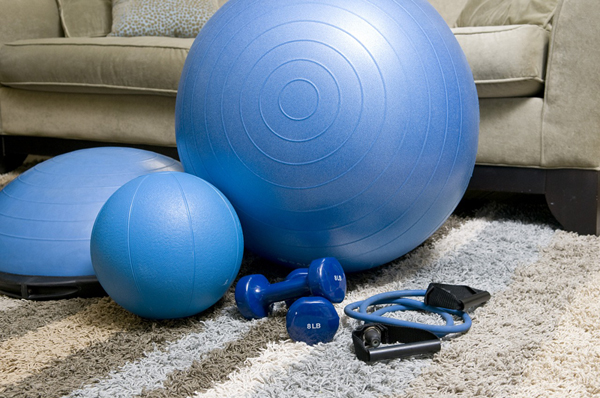
Many individuals experience pain from osteoarthritis, also called degenerative joint disease, the “wear and tear” version of arthritis. It can occur in any joint but
is especially common in the knee.
Your knee is a complex joint where the thigh bone (femur), a lower leg bone (tibia) and the kneecap (patella) come together. These bones are covered with tough cartilage and lubricated with a special fluid so that they slide smoothly over each other. If your knee is injured, overused
day after day, misaligned or has to bear excess weight, these bones can rub on each other. Eventually the cartilage begins to deteriorate. As the bones respond to these changes, the joint becomes inflamed. When this happens, your knee becomes sore and stiff.
The quadriceps femoris (or quads) is a large four-part muscle that runs down the front of your thigh. You use this muscle to straighten the leg at the knee whenever you walk, climb stairs or squat. So what does this muscle have to do with osteoarthritis?
As you age, you lose muscle strength. When the quads begin to weaken, the knee becomes less stable, and there is more side-to-side movement in the joint, increasing wear on the cartilage. Extensive research has shown that strengthening the quads increases your ability to function and stabilizes the kneecap so that it moves less, reducing bone rubbing and potentially preventing the need for surgery. For many older individuals, exercising to strengthen the quads results in:
● Less knee pain and stiffness;
● Increased ability to walk and climb stairs; and
● Steadier gait that decreases the likelihood of falls.
Quad-strengthening exercises can be performed at home or in a facility with exercise equipment. We can show you the correct way to strengthen your quads while minimizing joint or muscle injury. Importantly, quad strengthening often improves function and reduces pain significantly.
















